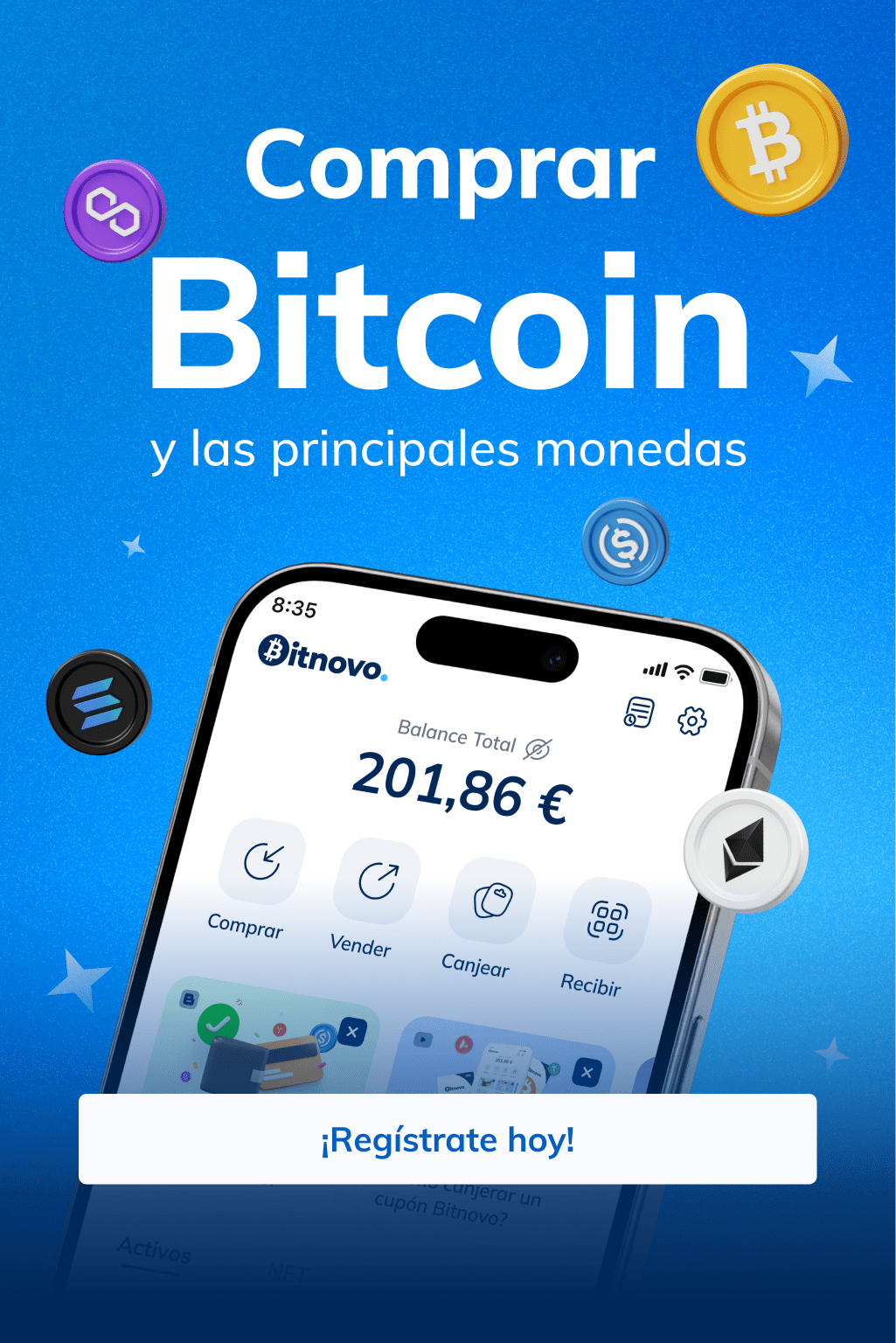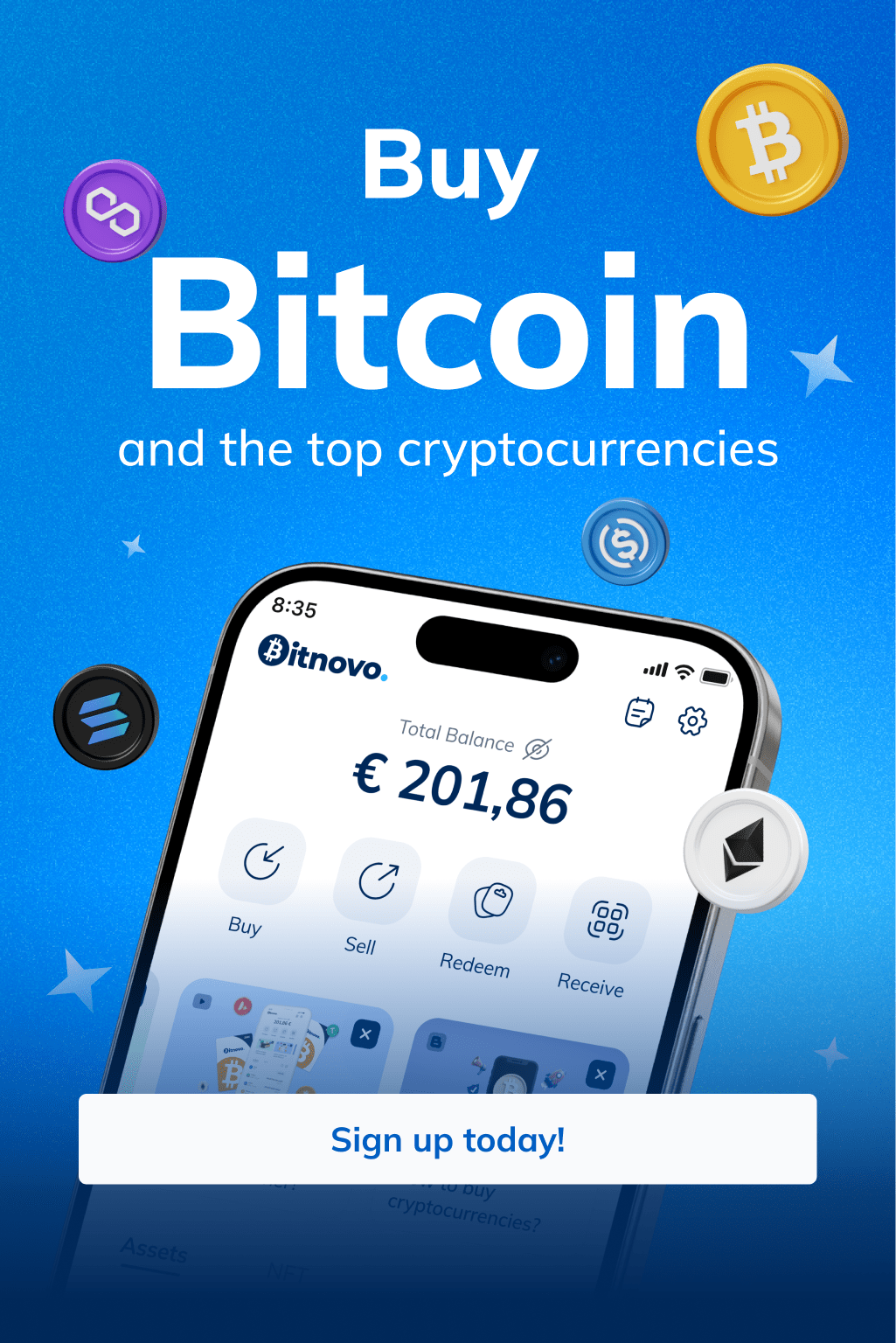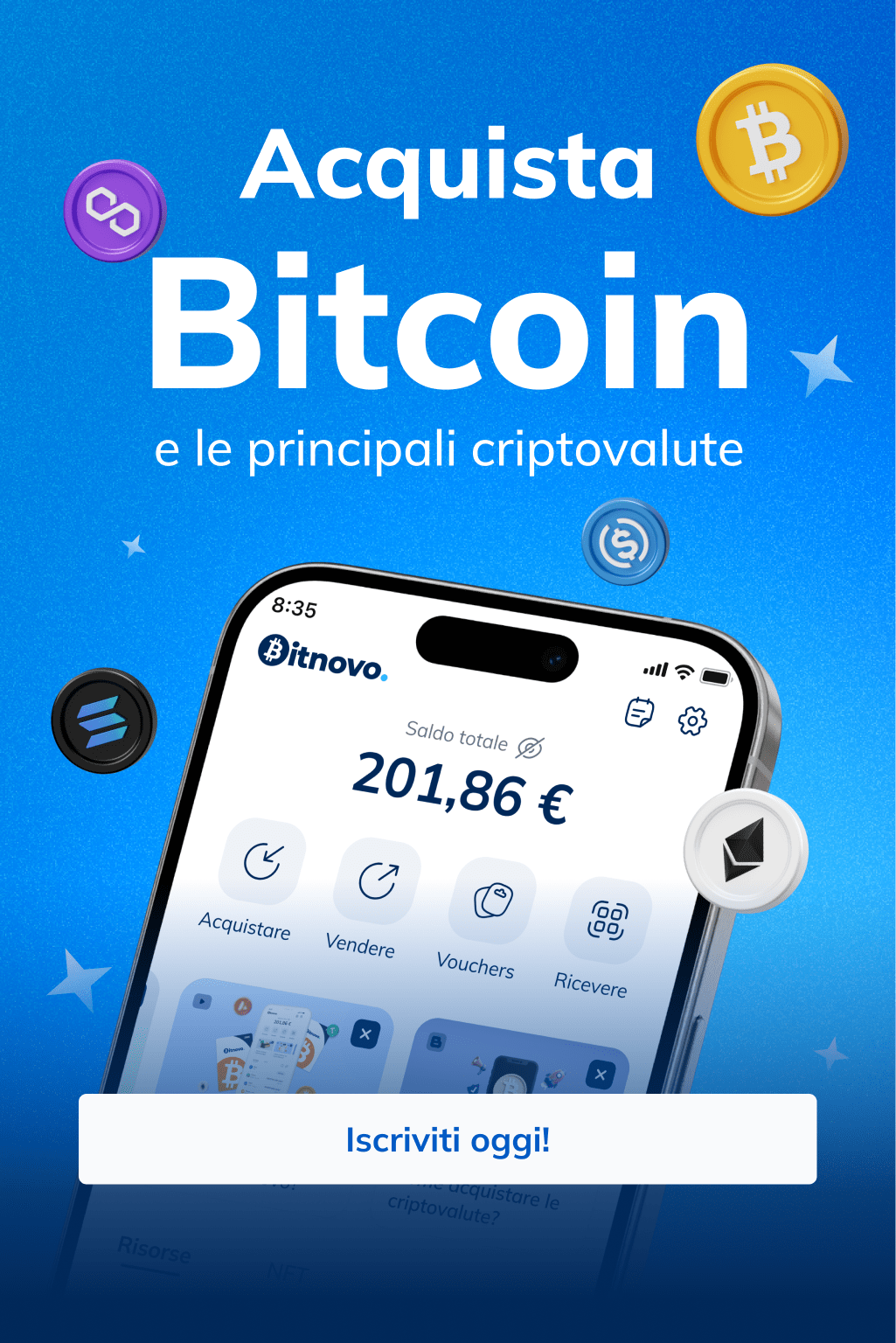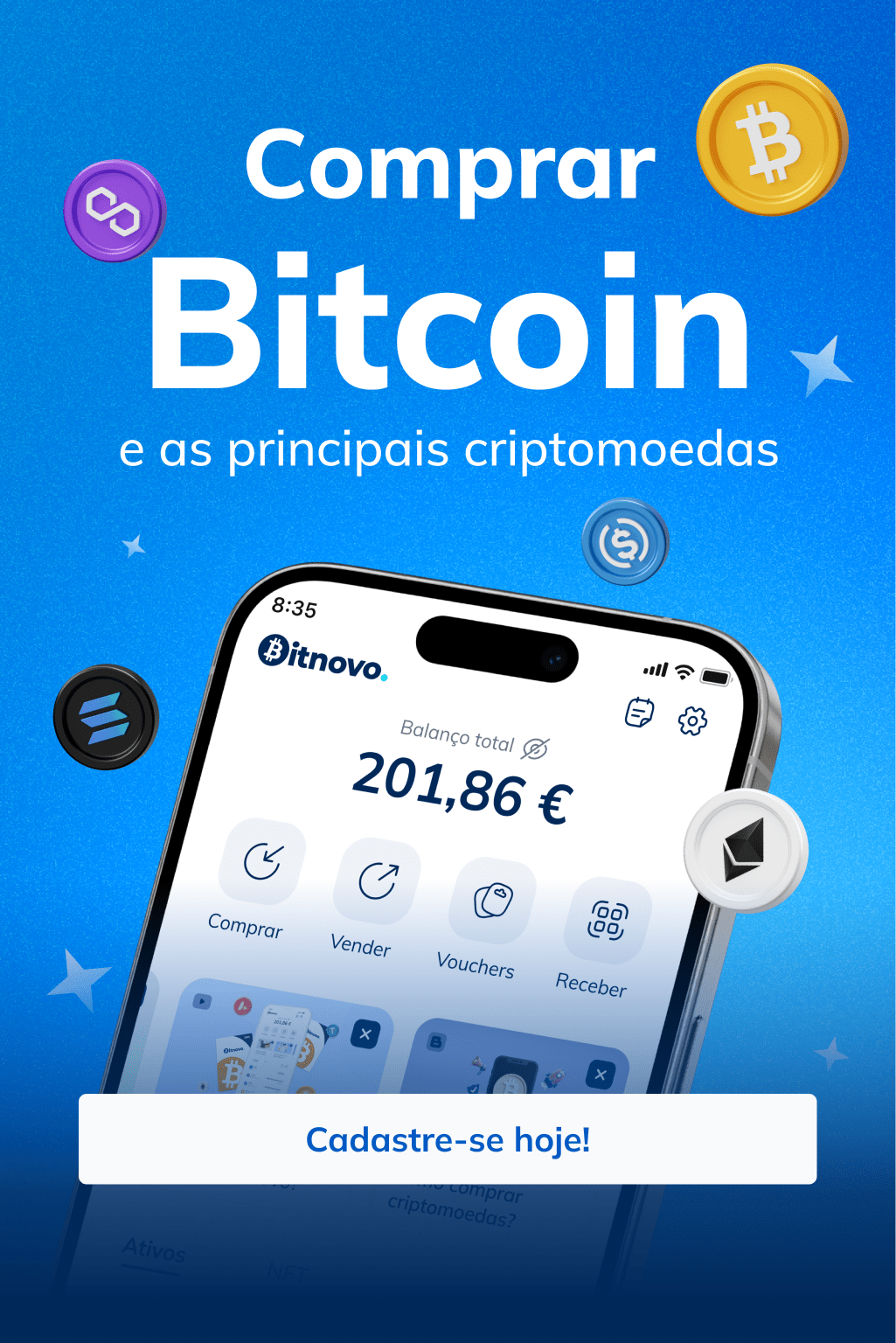
Table of Contents
ToggleHello! Have you heard about that weird new technology? You probably have, and you got the same face you have now. Let’s change that, you need to modernize yourself.
If your brainy friend comes to tell you that his transaction already has three confirmations, at least you need to know what he’s talking about. But don’t worry! Today we bring you the dummy’s guide.
We designed this guide for people who want to understand a bit of what this whole technological revolution is about, but without having to become Satoshi Nakamoto. To start, imagine the blockchain as a book, a magic book that everyone can see, but no one can erase. Each page is linked to the previous one, so no one can add a fake page. All the information these pages contain is fully transparent and accessible.
Blockchain, one of the most powerful tools that exist today, still has much to offer. It has completely changed the way we do things, and that’s the reason for all the buzz. Thanks to it, now we have much more privacy and security.
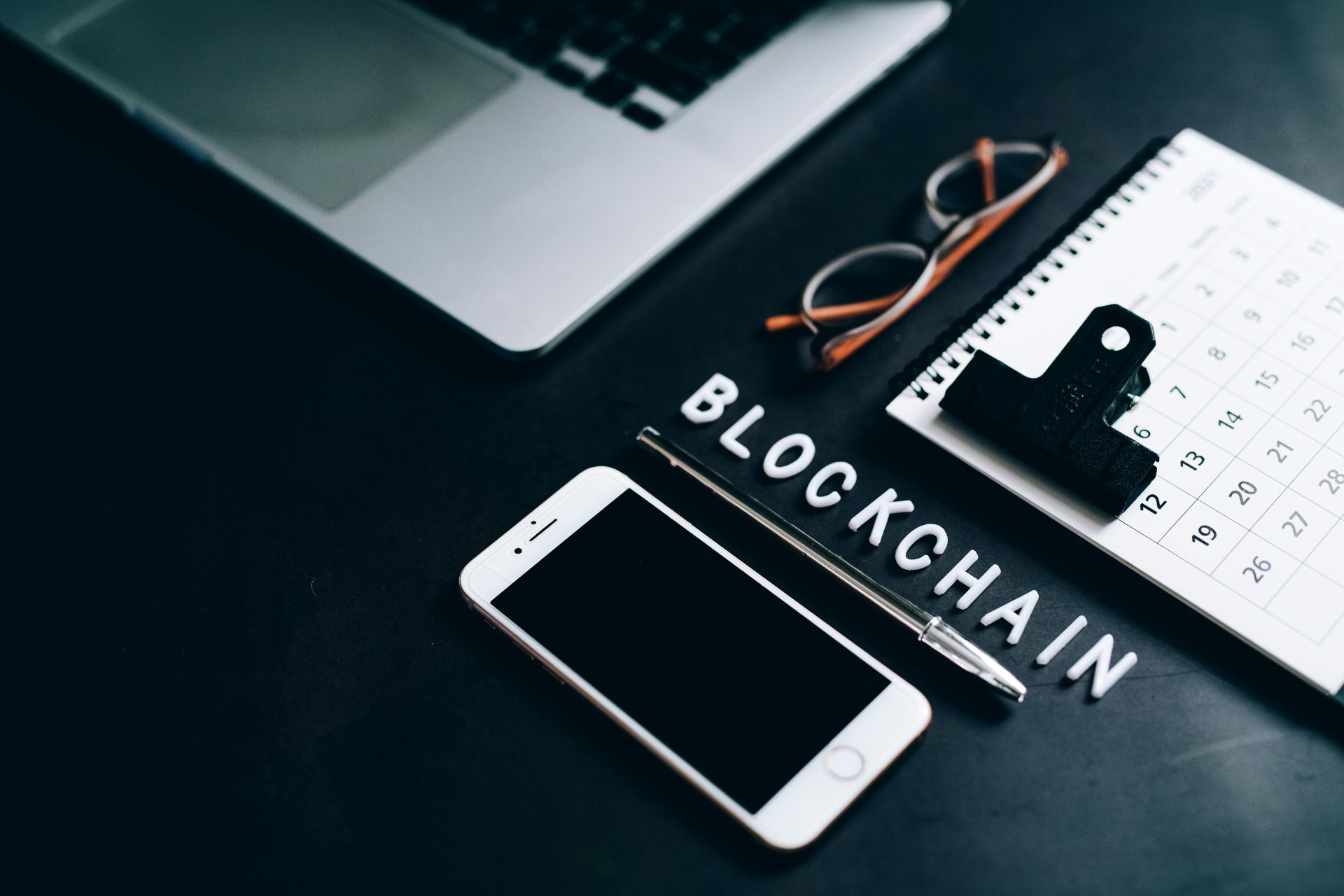
Although you’ve probably heard more about it in the economic field, this technology goes far beyond and spreads into all areas of society — from music or politics to health and bureaucracy.
Even if this is a dummy’s guide, I’ll give you a fact so you can impress your brainy friend. Something not many people know is that blockchain technology was designed several years ago, back in 1991. Its creators were Stuart Haber and W. Scott Stornetta with the paper “How to Time-Stamp a Digital Document”. Today, many consider this paper the prelude to blockchain technology. What happened was that it wasn’t until 2008, with the creation of Bitcoin, that this technology became popular. Voilà! With that you impress him. Now let’s move to the interesting part.
By the way, if you’re wondering why it’s important to understand this now, let me tell you it’s like explaining the internet in the 90s, before it changed everything. All I can say is: you’re welcome. Let’s go with the explanation.
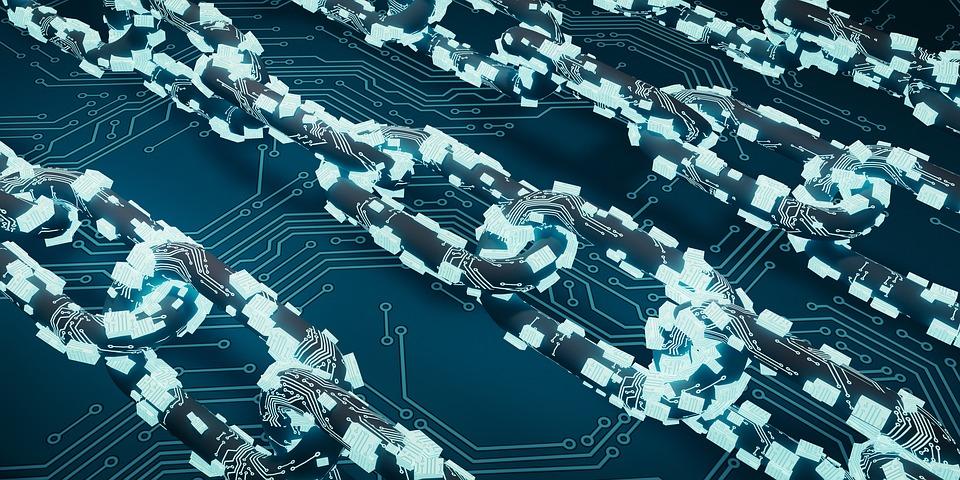
What is Blockchain?
Since the goal is for you to understand before Christmas, let’s go straight to the point. What is blockchain? Well, imagine that you and your friends have a shared note on your phone where you write down who owes money to whom after going out for dinner. However, there’s something peculiar about these notes: once you write something down, it can’t be deleted or changed. And if you’re thinking about erasing something to avoid paying, don’t even try — everyone has an exact copy of those same notes.
Blockchain works similarly, only in a more technological way. It’s a shared, digitized record that cannot be changed once a transaction has been recorded and verified. It’s like a giant puzzle in which each block (a puzzle piece) has information and is connected to the previous and next block. In this way, an unbreakable chain is created.
And how does it work? Through the creation of a distributed ledger that allows the formation of a network of computers. You don’t even need a central database or cloud storage. Everything that advances in the chain comes from consensus among the participants of the network.
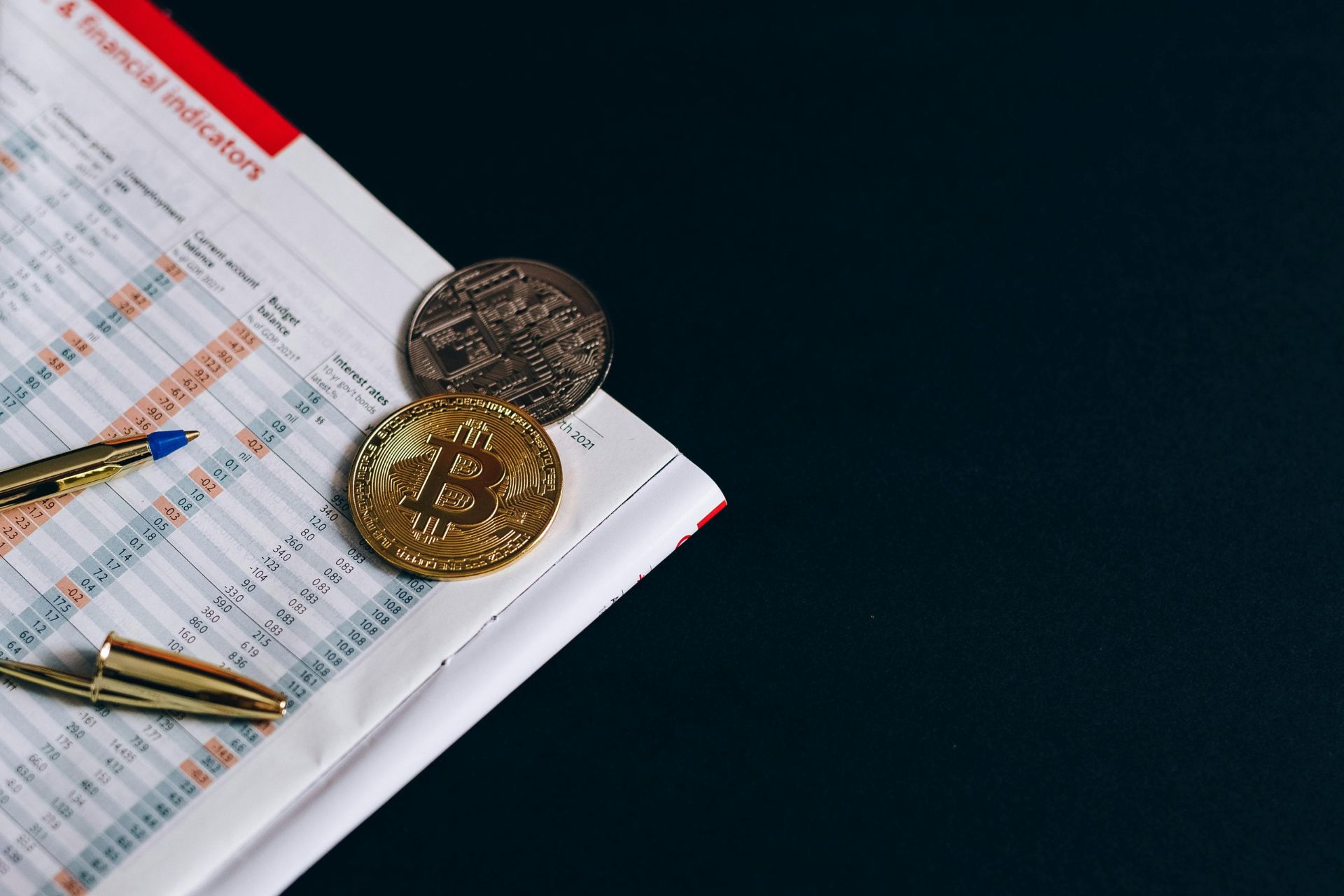
Why is it called a blockchain and not just a book? In this giant ledger, all transactions and records are written in interconnected blocks. Each transaction is like a message that, in order to be sent, needs the approval of several participants (called nodes).
In summary, three key terms:
- Block: A page of the magic book
- Chain: Immutable connection between pages
- Nodes: The ones who verify that everything is correct and allow records to be written
Nodes operate under a consensus, meaning either everyone agrees, or the information is not confirmed. The information is encrypted and, in addition, the whole system is decentralized. These three characteristics make blockchain follow the highest security standards.

Blockchain applications and use cases
Now that you understand better what this is all about, let’s see what it’s used for. As I mentioned before, if you think blockchain is just about economics, you’re totally wrong. Blockchain is everywhere:
Finance
The first and most obvious one. You probably think a world without banks is impossible. But not only is it possible, it would be a dream come true. Imagine sending money to any part of the world in seconds without crazy fees. With blockchain you can do exactly that — it’s like having the World Bank in your pocket.
Healthcare
Ever gone to your doctor and they can’t find your medical history? That happens when you’ve had several doctors over a lifetime. With blockchain, your medical data would always be available and safe. In fact, this is already being implemented. The U.S. Office of the National Coordinator for Health Information Technology plans to introduce blockchain-based infrastructure.
Music
It’s no secret that in the traditional system the artist gets the smallest share of the profits. Most of it goes to agencies, commissions, costs, etc. Blockchain allows artists to bypass many intermediaries. This way, royalties are collected and delivered directly in real time to rights holders. Examples include platforms like Audius and Ujo Music.
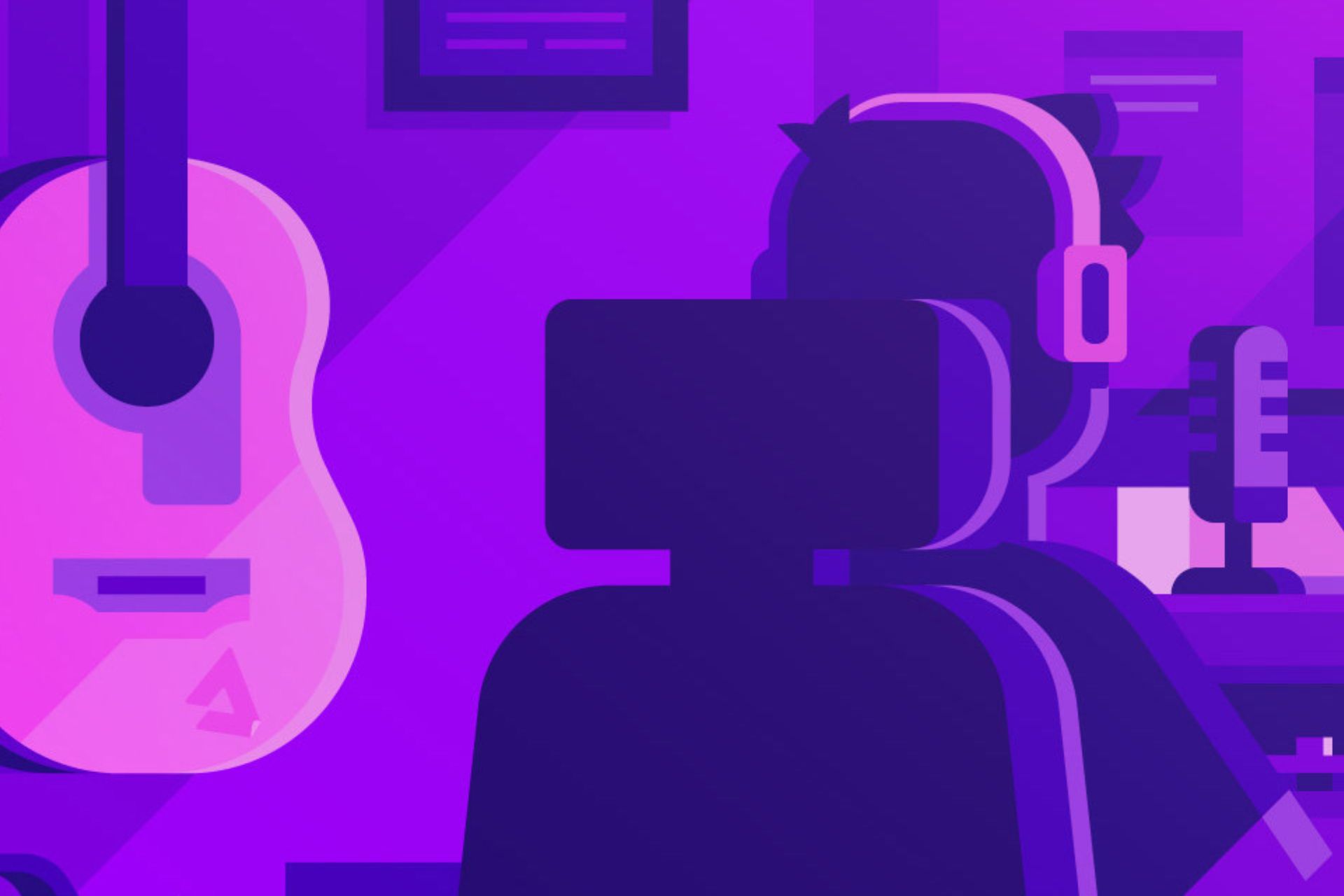
Logistics
That morning coffee doesn’t just randomly appear in your cup. It has gone through a long journey, from being grown in Colombia to ending up in your mug. Too bad we can’t see it… Or can we? With blockchain, every step can be tracked, which companies like Starbucks are already doing.
Real Estate
The worst part about buying a house is definitely the endless paperwork and the crazy commissions real estate agencies charge. Imagine buying a house as easily as you shop on Amazon. Blockchain enables smart contracts that trigger purchases automatically if certain conditions are met.
The Superpowers of Blockchain
Now let me convince you with 5 arguments why blockchain is your superhero in a world full of outdated traditional systems:
- Immutability. Blockchain is an unbreakable seal. Once something is written, it cannot be removed or edited without being noticed. Just like trying to remove a wax seal from a letter — you can’t.
- Decentralization. There is no “Big Brother” watching and controlling. It’s basically a digital democracy where everyone has a voice and a vote.
- Transparency. Blockchain is clearer than Fiji water. Everything is visible and available to anyone who wants to see it.
- Efficiency. Without banks or intermediaries, speeds multiply and costs drop. You skip the line and go straight to self-checkout. On top of that, you save the cashier’s salary.
- Security. Any data you store on the blockchain is safer than your country’s presidential vault. It’s practically impossible to hack.
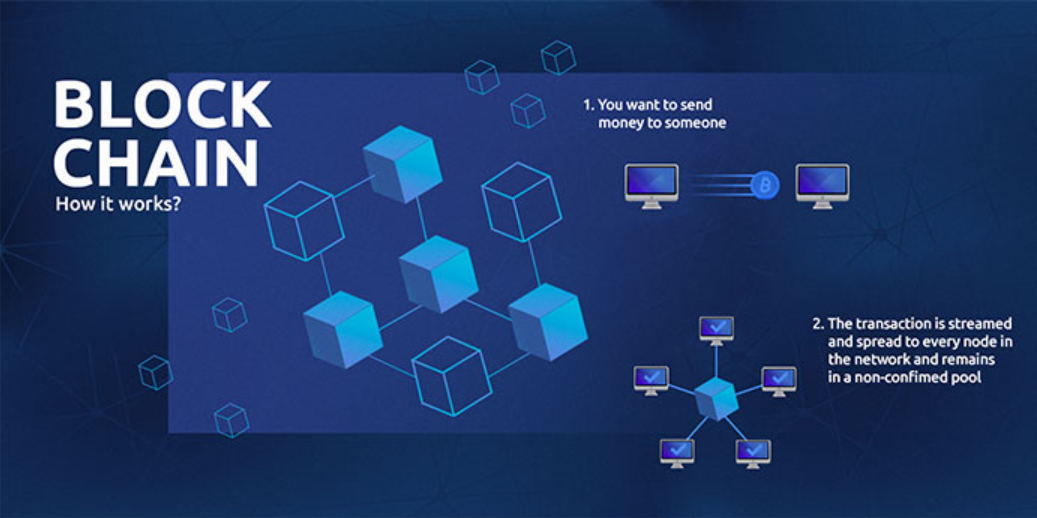
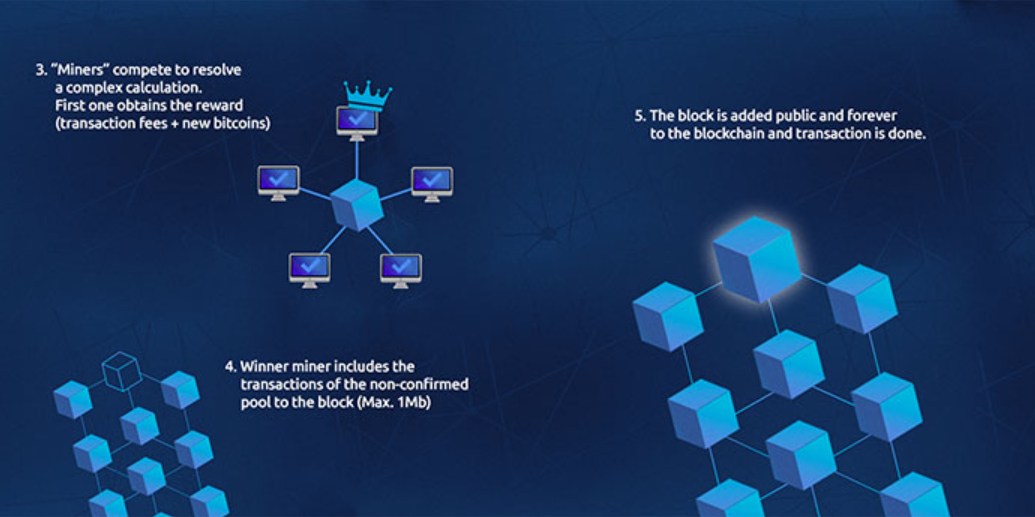
Smart contracts and DeFi
Let’s continue with blockchain context. Can you imagine a coffee machine charging you automatically when it finishes serving your coffee? That’s basically a smart contract.
Smart contracts work like vending machines: you insert a coin, choose a drink, and automatically get it. But instead of drinks, they can execute agreements for houses, insurance, or any deal, as in the examples before.
Imagine you want to rent an apartment. Normally, you’d need a real estate agency (that would take a hefty fee), deposits, signatures, waiting times… With a smart contract, it all happens automatically: you pay the first month, the contract activates itself, and you get your digital keys. If you don’t pay the next month, the contract cancels automatically. It’s like having a super-efficient robot managing everything for you.
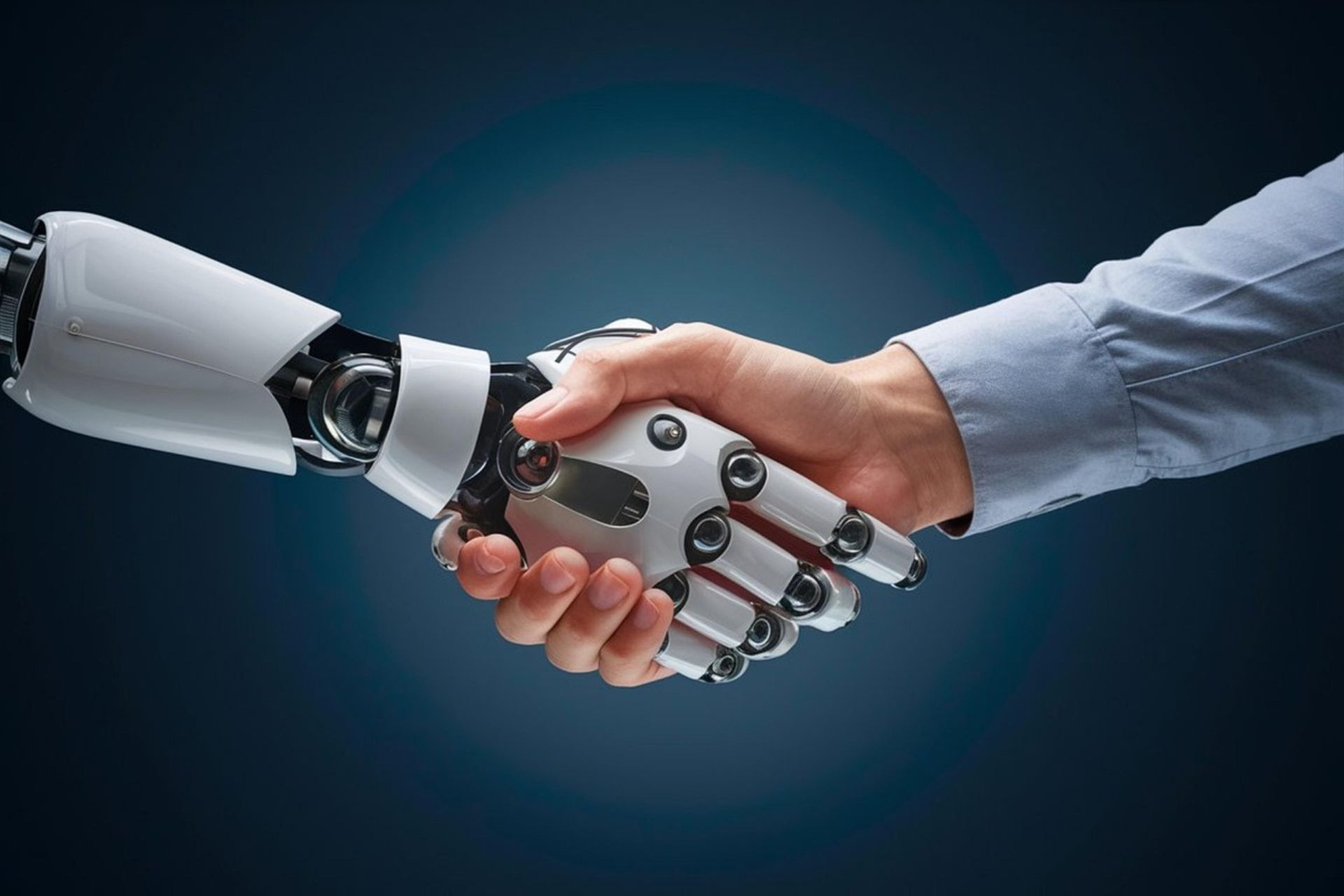
Smart contracts go hand in hand with DeFi (Decentralized Finance). Imagine being your own bank: lending money to yourself, earning interest without intermediaries, and exchanging currencies without absurd fees.
Did you know that in DeFi you can earn way higher interest rates on your savings than in any traditional bank? Some platforms offer up to 20% annual returns while your bank barely gives you 0.1%, if you’re lucky.
What is Bitcoin? The first blockchain
Continuing with what is undoubtedly the most important chapter of this guide: what is Bitcoin? Bitcoin is like the legend of all cryptocurrencies. It’s the oldest, but still the most PRO. The pioneer that opened the path for everything that followed.
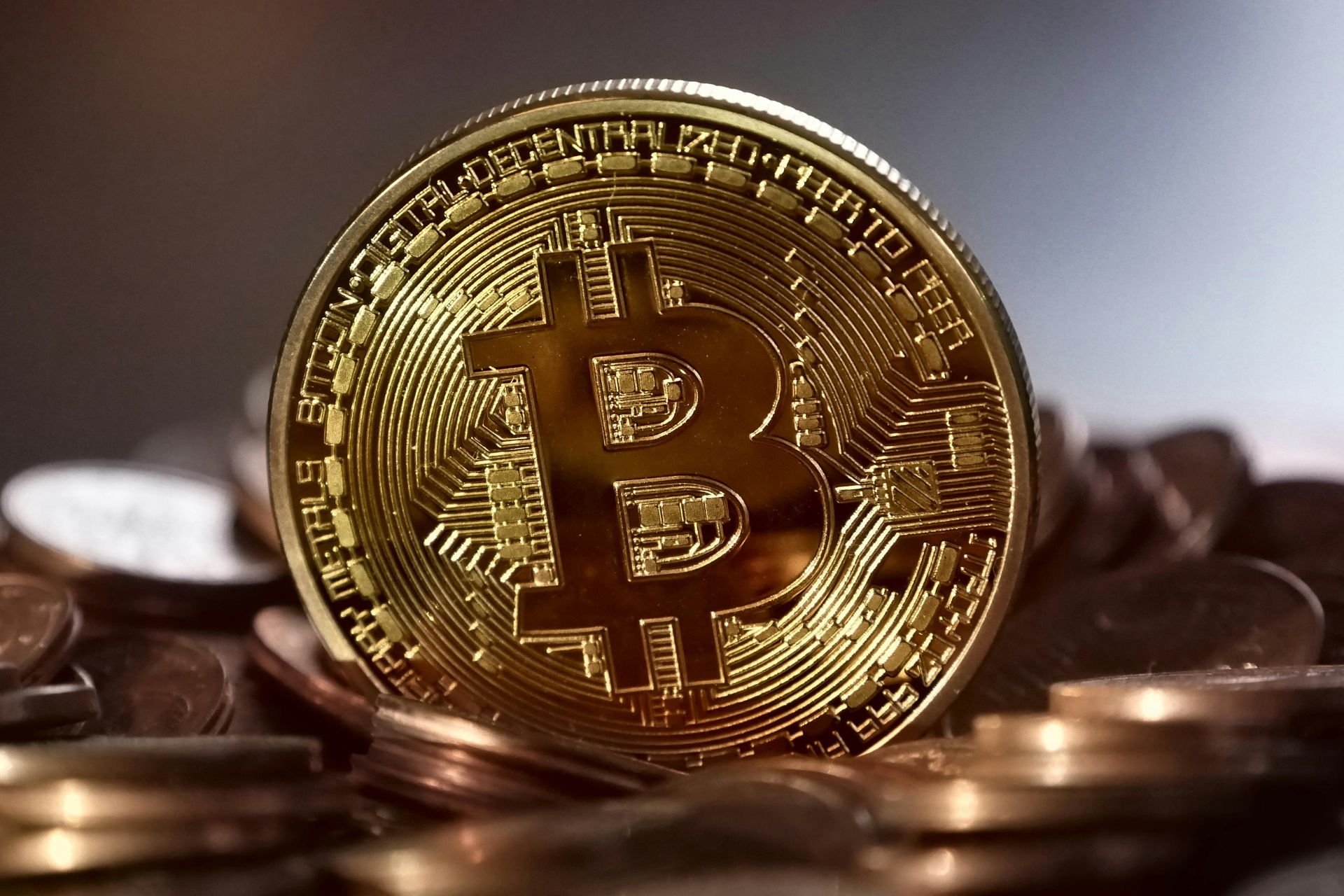
And this was no easy task. Remember the 2008 crisis? Brutal, right? Now imagine launching a global financial network in that context. Bitcoin did it. Satoshi Nakamoto suddenly revealed it all — all except his identity. To this day we are still looking for him, but that’s another story. The fact is he decided to create a currency free from government or bank control. This is how it happened:
Bitcoin Timeline:
-
2008: Satoshi publishes the Bitcoin whitepaper
-
2009: The first Bitcoin is mined
-
2010: A guy buys 2 pizzas for 10,000 Bitcoins (worth millions today 🤯)
-
2017: Bitcoin reaches $20,000
-
Today: Bitcoin is worth more than $100,000 and rising. (Pizza guy’s face 🤡)
Bitcoin was groundbreaking because it was the first time in history we had digital money without relying on a central bank. It was, and still is, like sending an email — but instead of words, you send money.
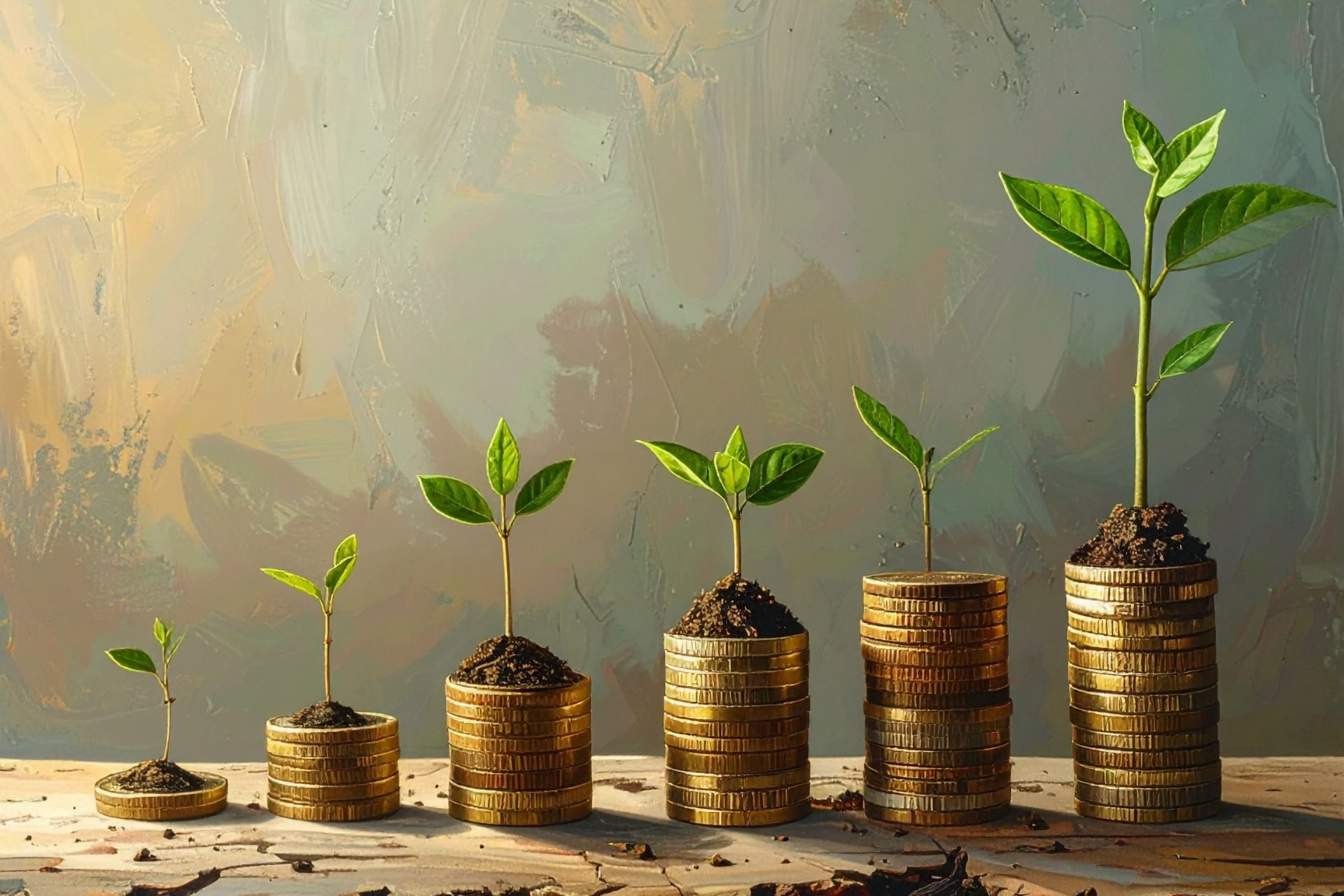
This is where you need to understand one concept: decentralized protocol.
Imagine a party with no official host. The guests aren’t working for one person to have fun (say, Pepe), they’re working so everyone enjoys themselves. Each contributes something — music, food, games. There is no boss, yet everything works because all follow the basic rules. That’s decentralization in Bitcoin.
To illustrate it better:
- Traditional bank: Like an exclusive club with a strict bouncer who decides who gets in and uses your drink while you’re gone to sell it to others.
- Decentralized Bitcoin: Like a public square where everyone can join under the same simple rules. What’s yours is yours, and no one can touch it.
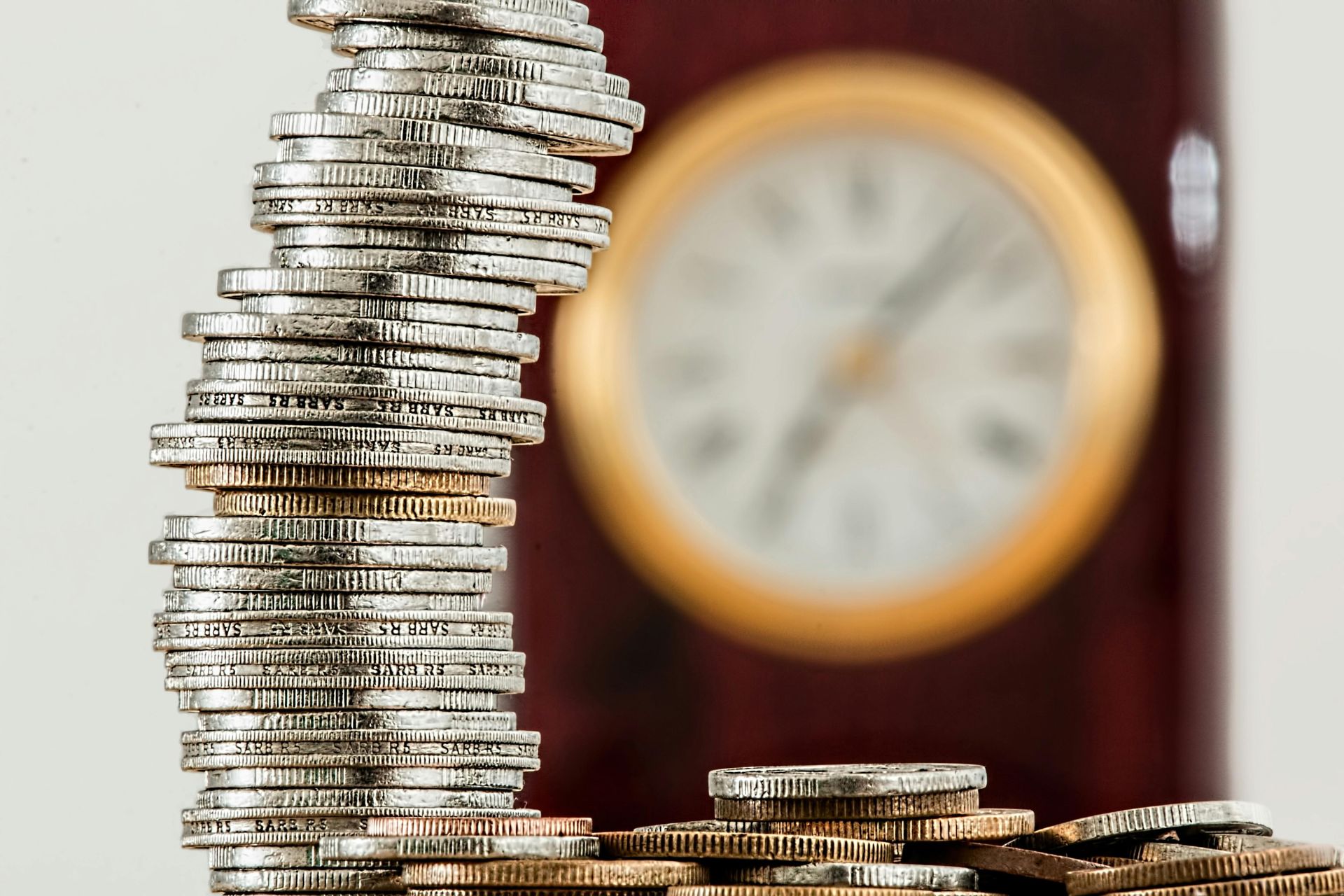
Bitcoin advantages
By now you probably guessed some, but here’s a quick list of what Bitcoin has to offer:
- Total transparency. All transactions are public. Like a giant ledger that everyone can review, but without knowing who’s who.
- No intermediaries. Like handing someone cash, but digitally. No need for banks to approve, process or charge fees.
- Security. The Bitcoin network has never been hacked in 15+ years of existence. Far safer than traditional banks.
- Limited digital gold. No one can “print” more Bitcoins like governments print money. There will only ever be 21 million.
- Global. You can send BTC anytime, anywhere, worldwide.
- Available 24/7. Bitcoin never sleeps, never takes holidays, never closes on weekends. It works 24/7, 365 days a year, worldwide.
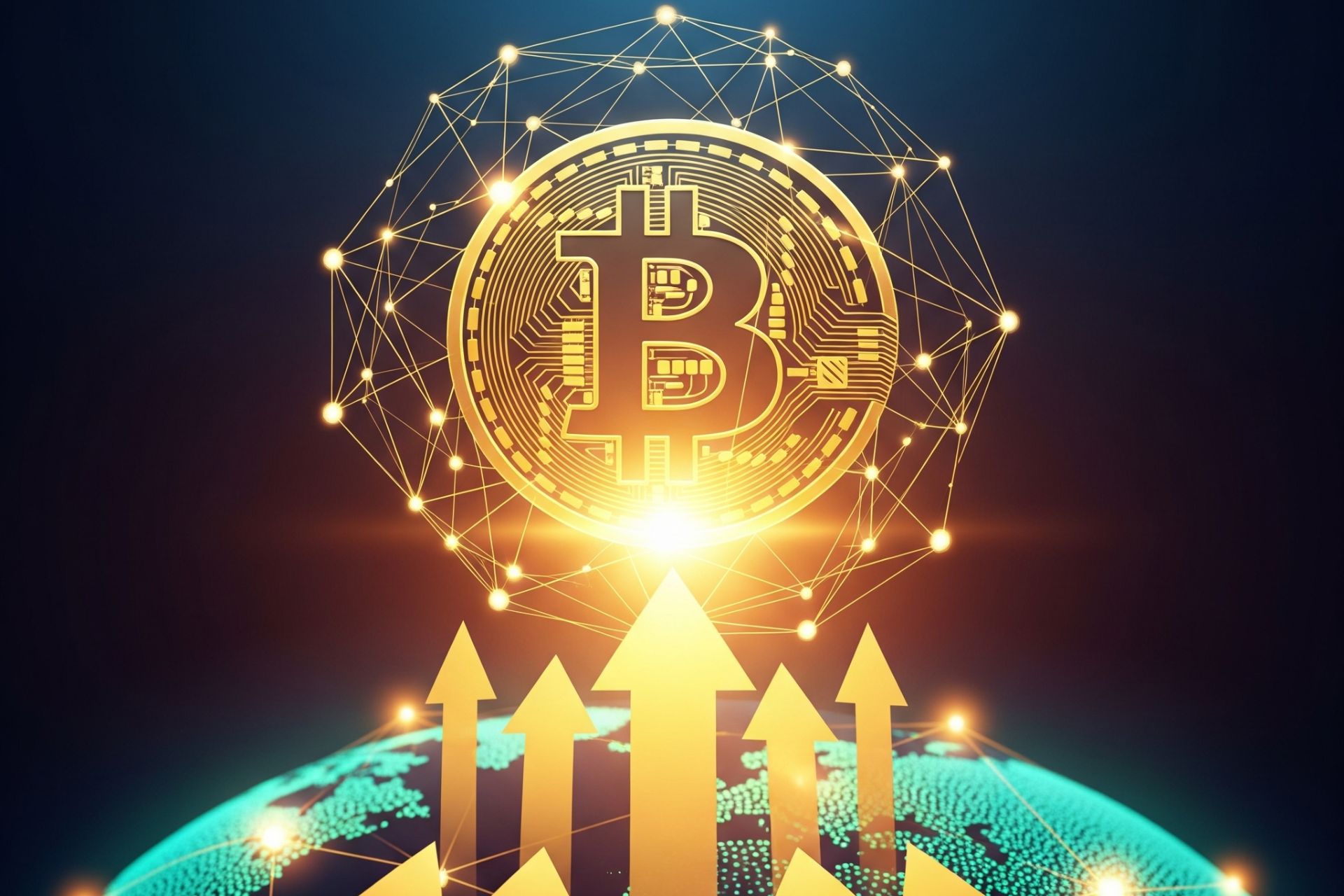
Blockchain perspectives and future
What we once thought was a distant future is already here — it’s our present. Still, blockchain keeps innovating, and new breakthroughs are coming soon. It’s better to stay informed and ready.
🚀 Upcoming Innovations:
- Web3 – The Next Generation Internet: Imagine an internet where you truly own your data, no one can censor you, and each interaction generates value. Like going from being a tenant to owning your digital house.
- NFTs and Digital Ownership: Already here, but still evolving. You could own real assets in video games, digital art, even your username on social media. Like collecting figurines, but digital.
- Smart Cities. Imagine traffic lights communicating with each other to improve traffic flow, or water meters that automatically detect leaks, or voting from your couch. Blockchain is entering more aspects of daily life each day — so keep learning about it!
We are living through a revolution similar to when the internet appeared. Those who understood the internet early benefited way more than the rest. Blockchain today is in that same early stage. Will you miss it?
